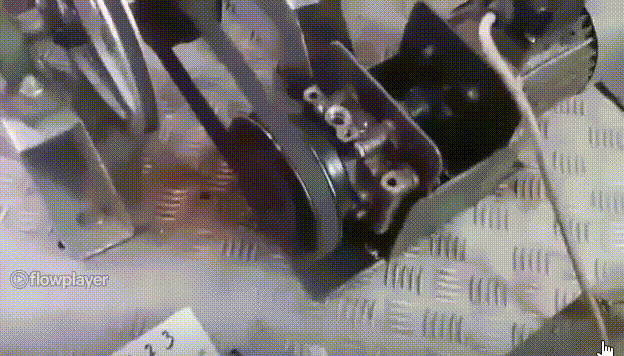- Home
- DIY Power Station
DIY Power Station
Following on from some of his earlier work with electromagnetic fields, in 1898 Nikola Tesla filed a patent for an Apparatus for production of continuous electrical currents that became known as his Magnifying Transmitter. That same year he gave a lecture in which he described his device as an apparatus that could throw [energy] around and cause it to come back. A controversial device, it was never patented and only one model was ever built. Now you have an opportunity to build your own version of Tesla’s wireless power transmitter based on his original specifications. Be warned though: while it is perfectly safe (the design allows no electricity to escape) its potential destructive power is considerable. But who cares? Learn more: Nikola Tesla Generator
Making your own power station for your home means making your own generator, together with a control system. Because the grid electricity you buy from energy companies has guaranteed power, frequency, and quality of electricity. But a homemade generator requires an additional auxiliary system.
What does the power station for the house include?
A homemade power station for the house is a system that includes a generator, inverter, circuit breakers, Aptomat safety circuit breakers, circuit breakers, fuses, UPS if needed, etc.
Main parts of DIY power station: Generator
Other parts:
Noise suppression for generators if using gasoline generators
Inverter if the generator voltage is not stable
Battery for inverter
Safe power off Aptomat
Woody Box
And much more
The image depicts a homemade power station:
 |
| DIY Power Station |
In the picture above is a portable power station, it basically consists of inverter and battery, wires, switches. It's like a homemade UPS (Uninterruptible power supply).
Power station for the house to live off-grid
This is a power station including generators and other electrical equipment. Main ingredients include:
Generator
Bracket for generator
Induction motor
Belts, screws, flywheels
Switches, electrical sockets
Extra capacitors inside the generator
Aptomat breaker
This is a system that is guaranteed to generate an alternating current of 50 - 60 Hz if you choose the right induction motor and the right parameters for the generator.
Note: Here stepper motor is not needed to ensure frequency, because then it generates square pulse.
 |
| Power station for the house to live off-grid |
Just like hydroelectric plants, they don't use inverters. This power station does not need an inverter. In fact, hydroelectric plants also use this method. The kinetic energy of the water source only acts as a starter. More information about hydroelectric generators and Tesla technology:
Detailed plan for DIY Power Station:
Revealed At Last: Ancient Invention Generates Energy-On-Demand
✔ Nikola Tesla’s method of magnifying electric power by neutralizing the magnetic counter-forces in an electric generator
✔ Combination of induction motor and alternator
✔ Combine generators with induction motors - self-powered generators with rotary motion
✔ Various methods of generating high power immobile generators
✔ Or maybe called Overunity for the system. Mother Nature doesn't care about people calling or naming phenomena. Overunity or Free Energy, or Zero Point Energy (ZPE) are just a few different words
This self-sustaining home power station uses no gas, coal or oil. Instead, it runs on a little-known technology called EASY POWER PLAN, developed by inventor and scientist Nicola Tesla over 100 years ago. The heart of a typical Tesla power station is a 'free energy' Overunity from Ether. This invention generates enormous quantities of electricity which are then stored in Coil (Ether tension) for immediate use or transferred to motors for mechanical work.
Related: HOW TO MAKE ELECTRICITY AT HOME